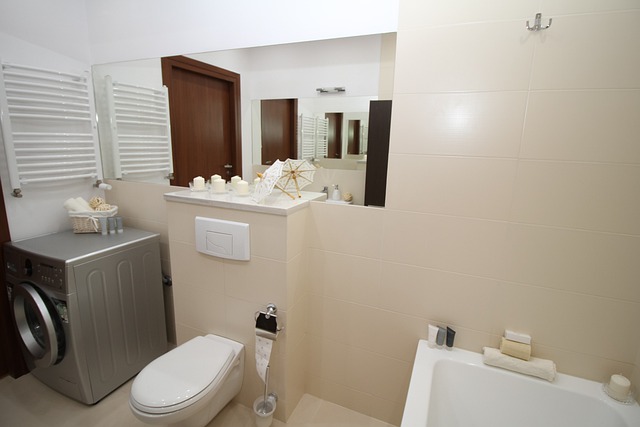Dual Flush toilets offer you two flushing options in one toilet. These toilets use only 1.6 gallons of water per flush and can save up to four thousand gallons per year. This toilet was created to conserve water and meet the National Energy Policy Act requirements.
Dual-flush toilets have two flushing options
Dual flush toilets have two flushing options: a high-volume flush and a low-volume flush. The high-volume flush is best for solid waste, while the low-volume flush is better for liquid waste. Both options help save water and meet water efficiency standards. This toilet is excellent for people trying to save money on their water bills.
A dual flush toilet uses two flushing options, one for liquid waste and one for solid waste. It reduces water usage by about half compared to single-flush toilets. It could mean saving thousands of gallons of water every year. If you have children and want to save money on your water bill, you might want to consider a dual-flush toilet.
While dual flush toilets are an environmentally-friendly solution, they can also cause confusion. The buttons for the two flushing options are often placed at the top of the toilet. Buttons are an increasingly popular feature in American bathrooms. However, the placement of the buttons isn’t ideal for traditional-style bathrooms.
In addition to conserving water, dual flush toilets save money on water bills. According to the EPA, dual-flush toilets can save as much as 4000 gallons of water annually. They are also more stylish and easier to clean. Lastly, they are more efficient and can help you save money in the long run.
They use less water
Dual flush toilets use less water, becoming a popular choice for homeowners. These toilets use different flush volumes for liquid and solid waste, resulting in a 25 percent water savings. Because dual-flush toilets use less water overall, these toilets are better for the environment and save money.
Standard toilets use a siphoning tube to push water and waste down the drain. This siphoning requires large amounts of water, so dual flush toilets use less water during each flush. They also feature a bigger trapway, so they use less water overall. Dual flush toilets also allow you to choose between a full-flush or a half-flush, which means you can use less water for each flush.
When purchasing a Roca toilet flush by plumb2u.com, it is essential to check for leaks and look for a toilet with a thicker silicone seal. They should be able to last for several years, and an excellent dual flush toilet will use less water per flush.
The average household flushes five times daily, so dual flush toilets will save you water daily. Older toilets can use seven gallons per flush, while new ones use 1.6 gallons. Having multiple flushes in a day would add up to about 1275 gallons of water each year. That’s a 67% reduction in water usage.
When buying a dual flush toilet, look for one with a lever or dual button for flushing solids or liquid waste. Most toilets will include instructions to learn how to use the features.
They tend to clog more often
The flushing style of your toilet also plays a role in determining whether or not it will clog. There are two main styles: siphonic and wash-down. Siphonic-style toilets create a suction action to flush the water out of the toilet bowl, while wash-down toilets push water from the toilet bowl through a downward motion. As a result, siphonic-style toilets may clog more frequently, but wash-down toilets have smaller traps, and wash-down styles are better for homes where people use toilet paper regularly.
If you’re looking for a long-term solution to the problem of toilet clogging, a water softener may be the answer. A water softener can treat water before it enters the toilet, reducing the buildup of minerals in the pipes.
Another possible cause of toilet clogs is the S-trap in the toilet. It is a curved section of the toilet’s base that connects the bowl with the drain line. The toilet will flush when the trap is partially blocked, but the water will drain slowly. Eventually, the toilet will clog entirely, sending wastewater down the floor.
Dual flush toilets are more difficult to clean than single flush toilets. The bowl is smaller and holds less water, so it must be cleaned more frequently. Cleaning dual flush toilets require a stronger cleaning solution than single flush toilets. You’ll also need to scrub the inside and outside of the toilet to remove any leftover residue.
Another effective way to clean a dual flush toilet is to use a dissolved solution of distilled vinegar. After the vinegar solution has been applied, you should flush the toilet several times so that all of the vinegar has been wiped away.
You may need to call a plumber if you can’t get to the bottom of the clog. A plumber will be able to diagnose the problem and clear the drain.

